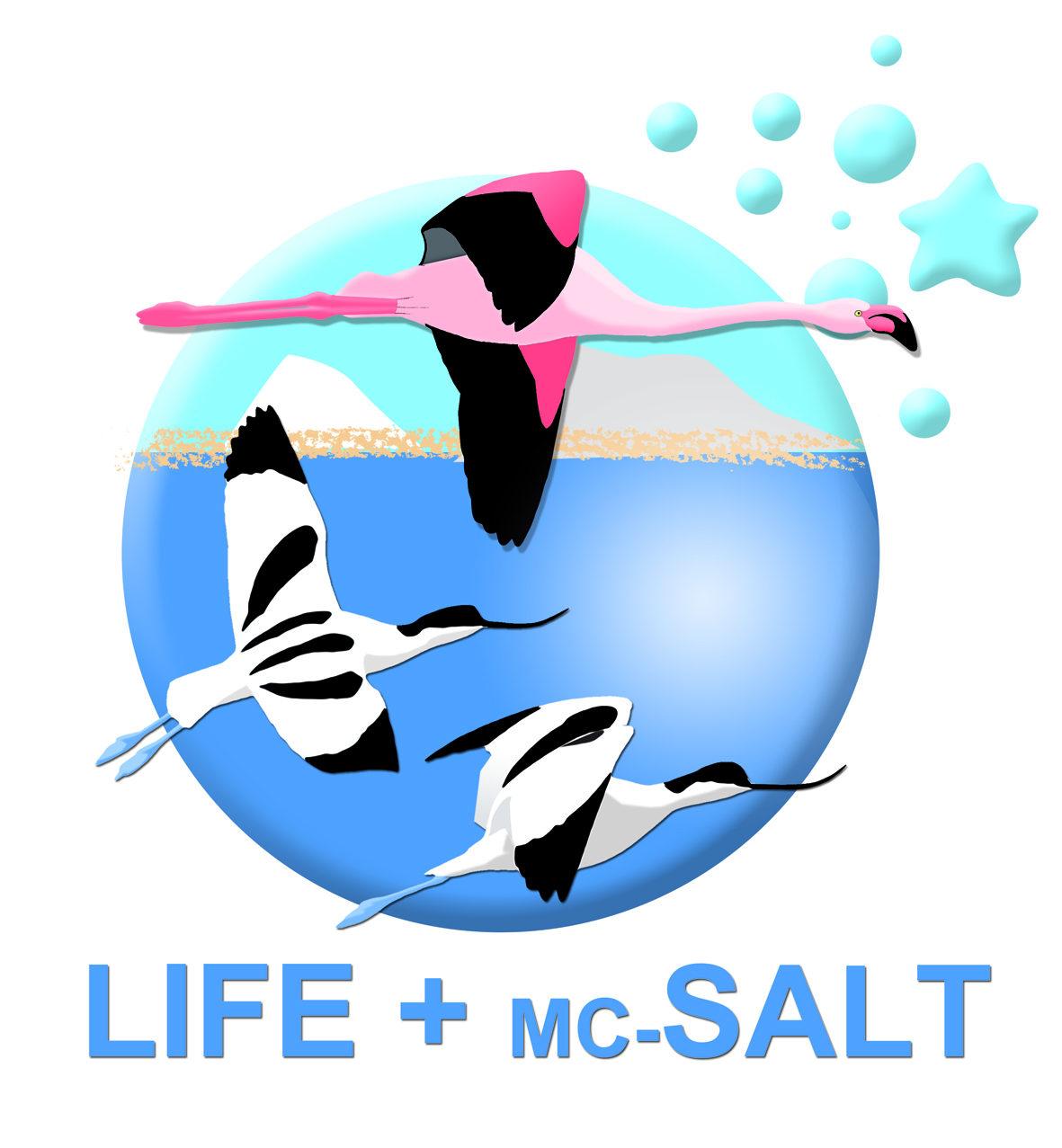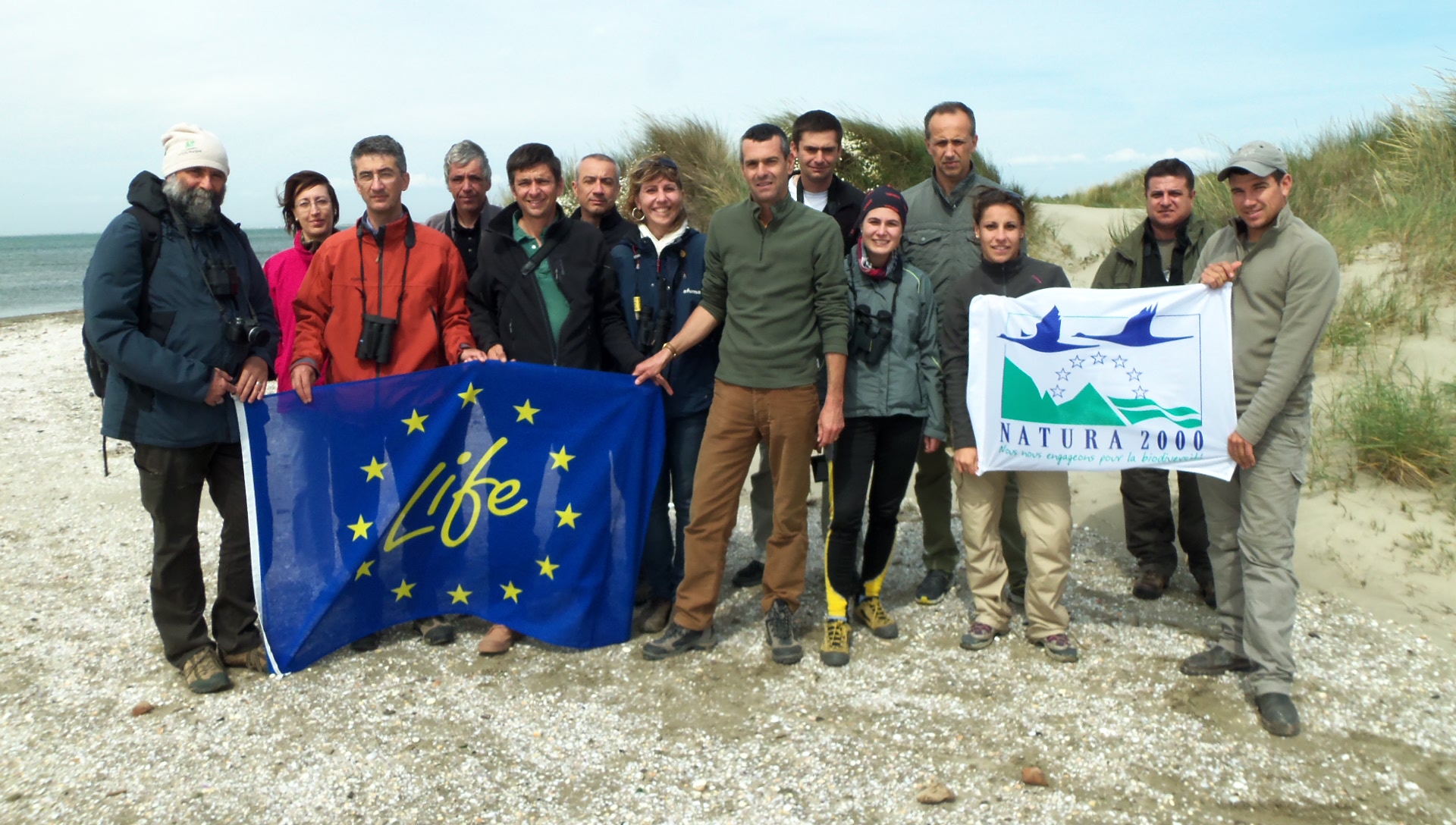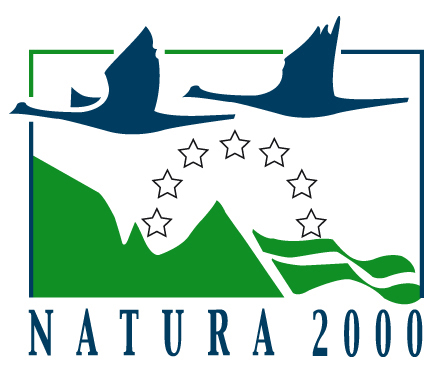 Last May 21-22, a workshop bringing together all the partners involved in the European LIFE+ MC SALT project (Environmental management and conservation of salt marshes and coastal lagoons in the Mediterranean), as well as local stakeholders, was organised in the Camargue in Arles and Aigues-Mortes (Southern France).
Last May 21-22, a workshop bringing together all the partners involved in the European LIFE+ MC SALT project (Environmental management and conservation of salt marshes and coastal lagoons in the Mediterranean), as well as local stakeholders, was organised in the Camargue in Arles and Aigues-Mortes (Southern France).
The project, which started in late 2011, is coordinated by the Po Delta Natural Park, with partners that include the Camargue Regional Natural Park, the Tour du Valat, the Salins Group, the Molentargius-Saline Regional Park (Sardinia), and the NGO Green Balkans. It targets five salt works and former salt works in France, Italy, and Bulgaria (see links to the right).
This workshop offered the occasion to assess how much progress had been made on the site of the lagoons and marshes in the former Camargue salt works area, which was recently purchased by the French coastal protection agency, and for which conservation actions within the LIFE+ MC SALT project are being implemented by the Camargue Regional Natural Park and the Tour du Valat.
These actions focus in particular on the restoration of coastal lagoons, the rehabilitation of sansouires and the development of nesting sites for colonial waterbirds, with financial support from the PACA Region, the Rhone-Mediterranean-Corsican water agency, the Ministry of Ecology, Sustainable Development and Energy, and the French coastal protection agency.
Preliminary studies and definition of works
Important preliminary studies that started in 2012 were finished 2014. These studies enabled us to collect a substantial amount of data in the field: bathymetric surveys and continuous measurements of the water level by means of 12 water level recorders installed in the principal lagoons on the site, topographic surveys, soil analyses, and plant surveys in the areas targeted for sansouires restoration (typical plant habitats in the Camargue and areas with a high level of salinity with a major ecological value).

LIFE MC-SALT workshop in Camargue on 21 and 22 May 2014
Bathymetric data and continuous measurements of the water level were used to create several hydraulic models enabling us to study different predictive hydrological scenarios, which contribute to defining development operations and the future of the lagoons.
In the upper areas, the data collected were compared with historical data, which enabled us to assess the restoration potential of the coastal habitats, and in particular of the sansouïres.
Significant future works
The first conservation operations were launched in 2013, with the design by the Camargue RNP of a barrier to protect terns on the Pointe des Sablons beach, in collaboration with the Tour du Valat and the Friends of the Vigueirat Marshes. This installation had an immediate positive effect with the establishment of a colony of terns during the first year, then again in 2014, which had not been the case in this area since 2009. However, given the very low breeding success in these two years, project partners are looking into complementary actions.
Meanwhile, other installations should be built starting in the autumn of 2014. In particular, hydrological works, the shores will be renovated, and the former drainage channels scraped out. These works correspond to three main objectives: 1) improving the biological exchanges between the lagoons, the Vaccarès lagoon, and the Mediterranean Sea; 2) maintaining the water level necessary for the breeding of colonial waterbirds; and 3) re-establishing periods that are favourable to the sansouïres in terms of water level.
In the coming months, nesting islets for Greater Flamingos will be built at the Fangassier Lagoon, and for Charadriiformes species at the former Vignolle salt works site.
These installations represent the first step in renaturing this site, which is in a transitional phase due to the progressive abandonment of the salt farming activities in this area. The process being undertaken is accompanied by a monitoring programme, which will enable us to measure the long-term ecological changes, and assess the management efforts implemented.
Photo: © Stéphan Arnassant / PNRC

